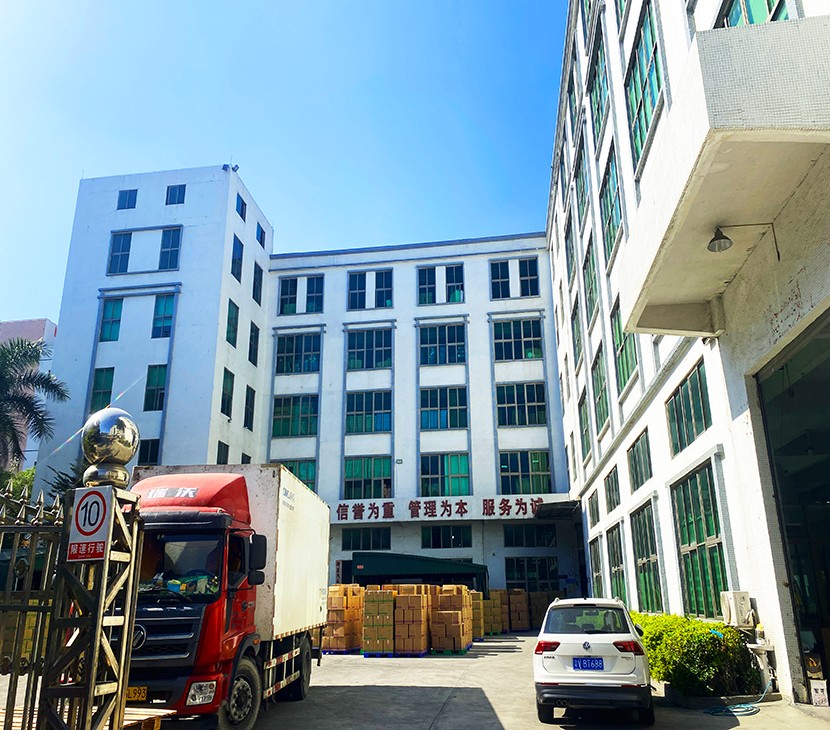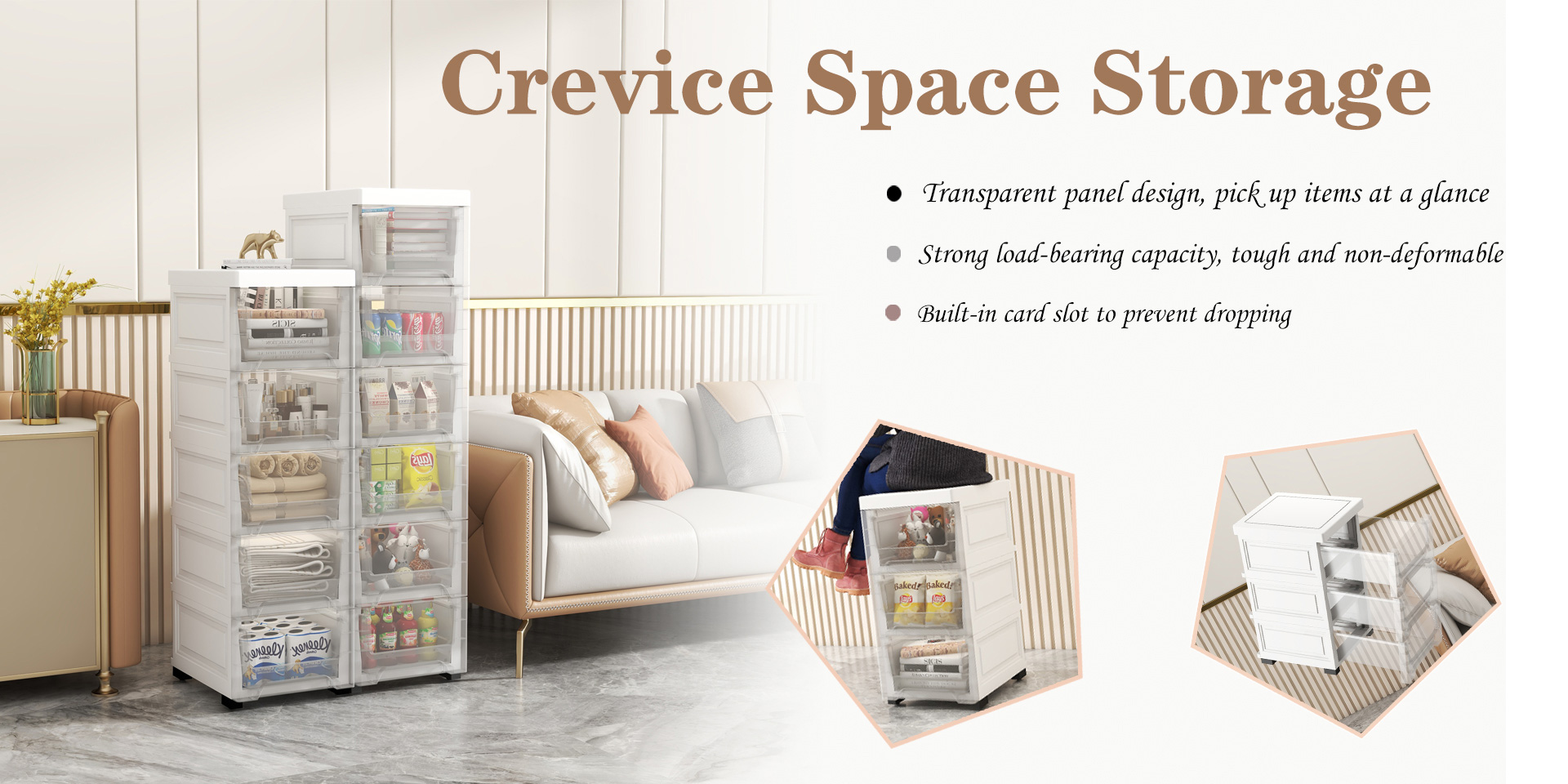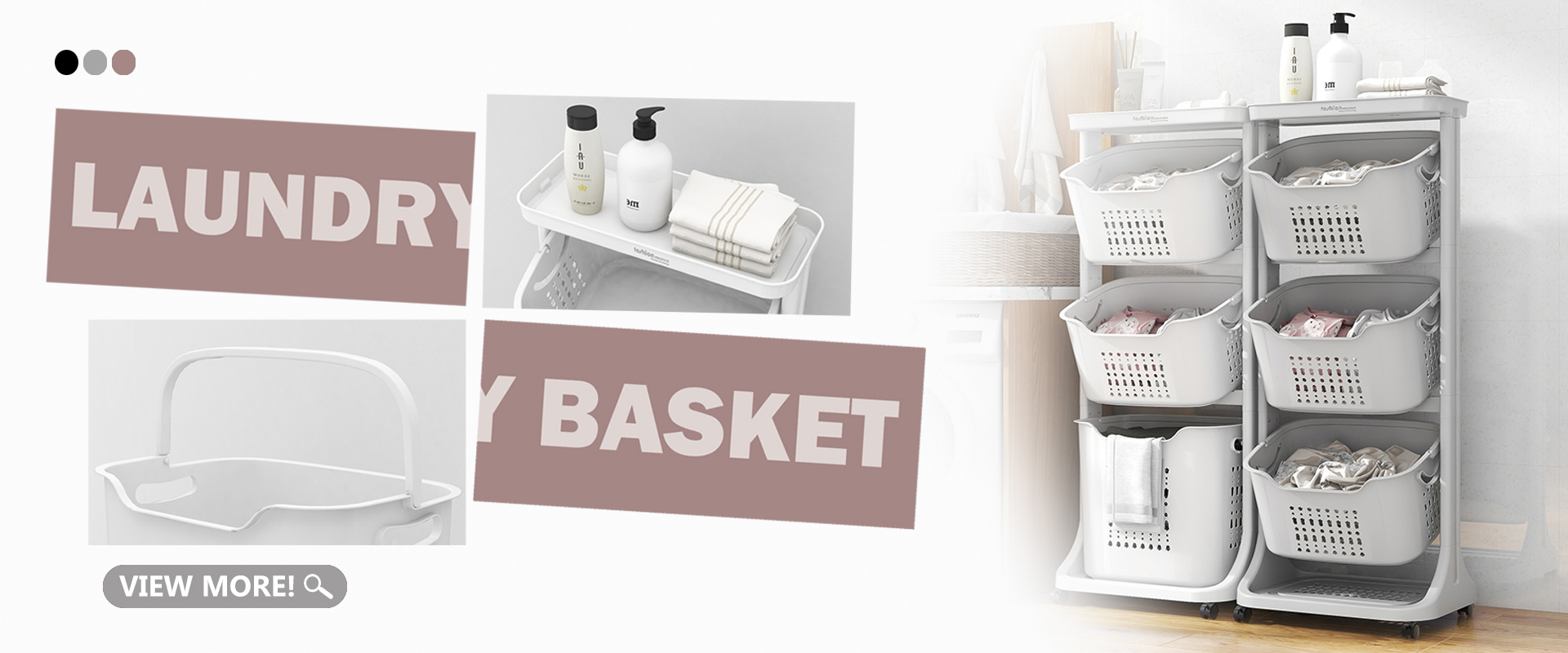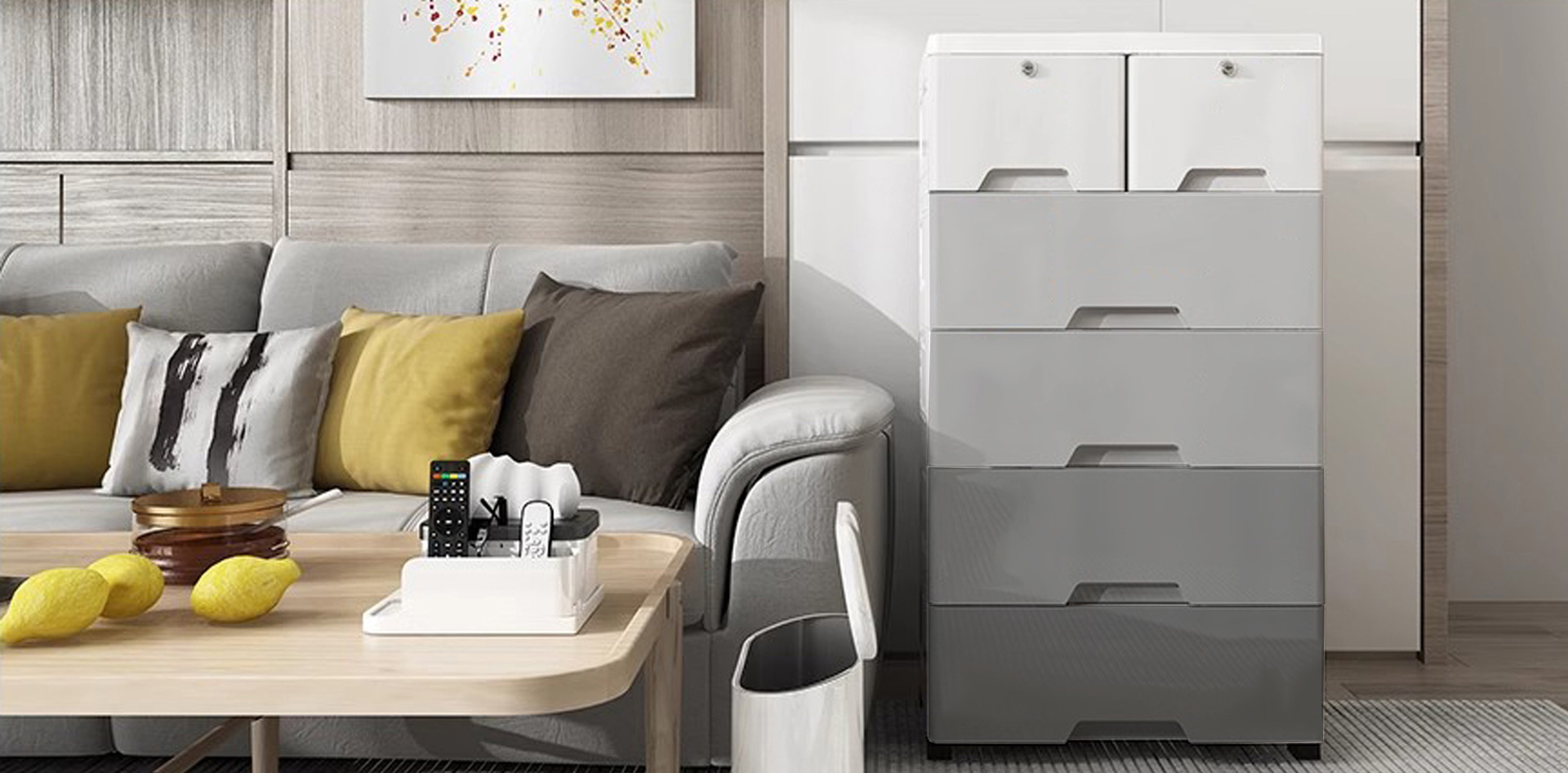About Us
Welcome To Jieyang Fuyun Plastic Products Co., Ltd
· Company Profile: Jieyang Fuyun Plastic Products Co., Ltd. was established in 2018. With its excellent product
quality and good reputation service, the company has won the trust and favor of our customers, enabling us to
reach business cooperation all over the world.
· Factory Overview: We have more than 200 employees, have our own product design department and
independent workshop. The factory has more than 10 years of experience in the plastic manufacturing industry.
The strong production strength makes the factory a leader in China's plastics manufacturing industry.
· Main Business & Products: Specializing in the production of plastic household items such as plastic storage cabinets,
desktop storage boxes, dish drying racks, plastic chairs, etc.
We look forward to becoming your loyal friend and partner.
Hope that what we do will make you satisfied!






























